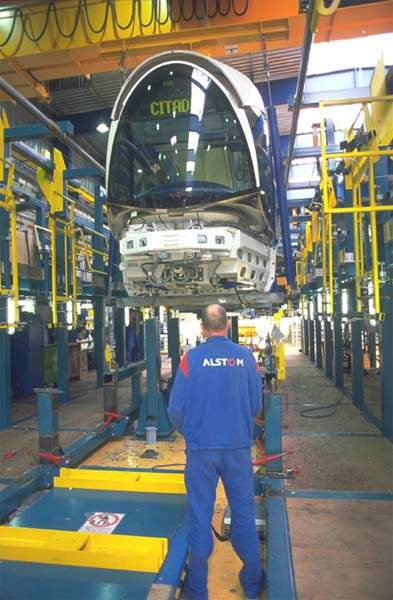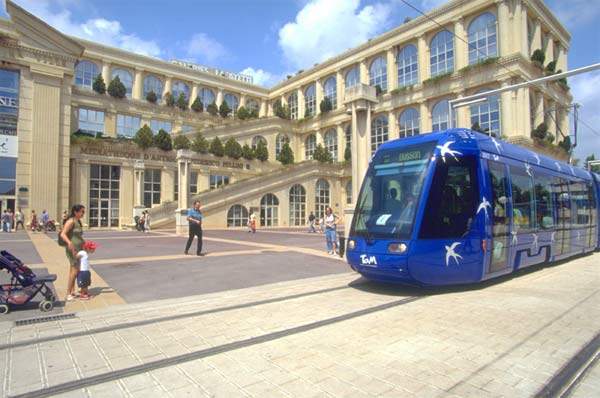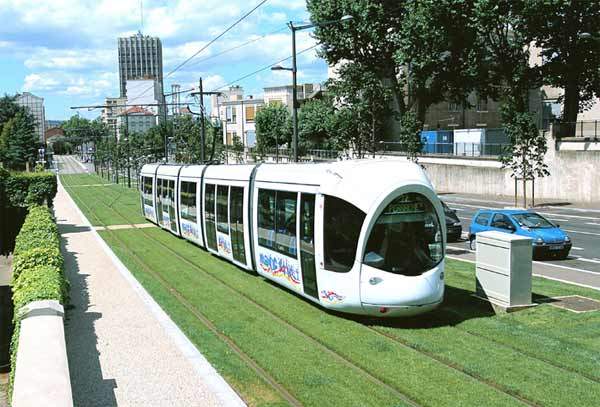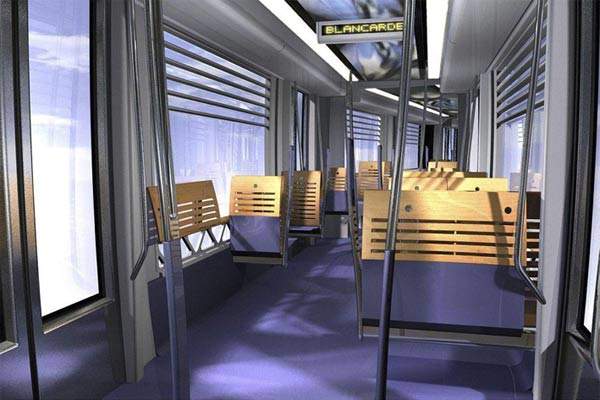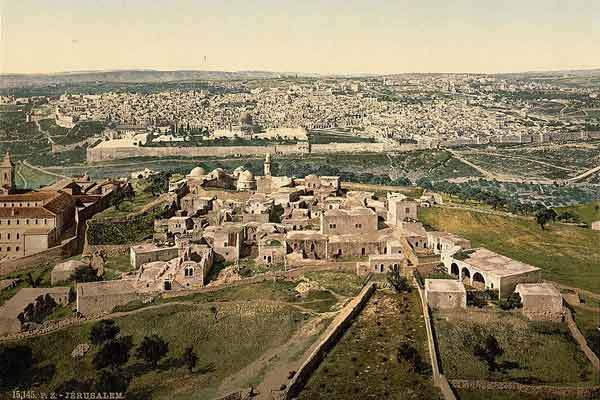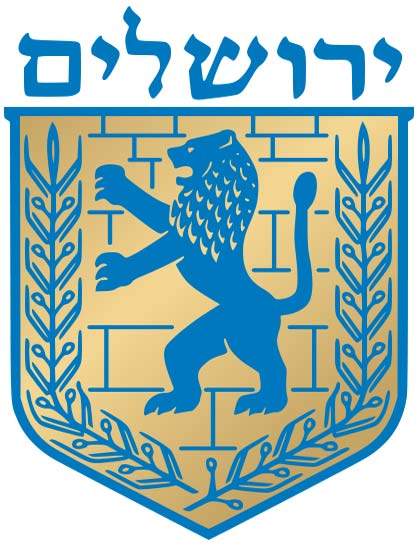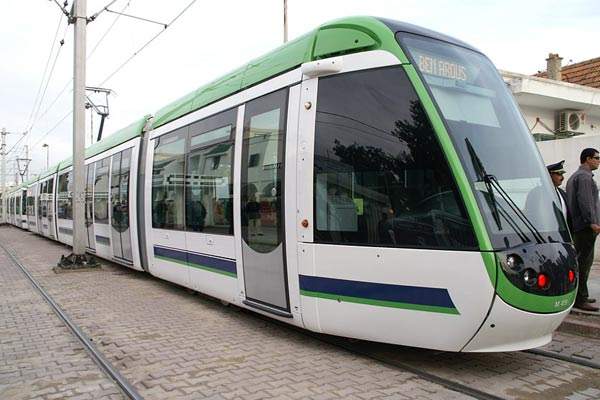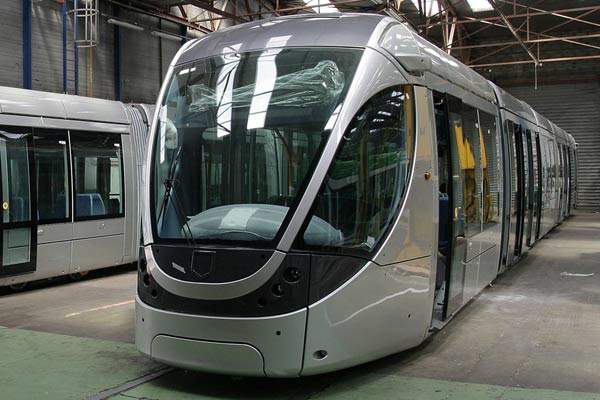The largest city in Israel and home to around a tenth of its people, Jerusalem has a population approaching three quarters of a million. Since an eastern part of the city was annexed and incorporated into Israel following the 1967 ‘Six-Day War’, not only has the population grown overall by 2.75 times (forecast for 950,000 by 2020), a marked demographic trend has been towards a smaller proportion of Jewish population.
Designated the capital by Israel but disputed internationally, Jerusalem’s complex history and geography are interwoven with development of Israel’s first light rail scheme.
Trial services of the light rail project began in August 2011 and the services were fully started in December 2011. An extension of Line 1 from Neve Ya’akov neighborhood to Kiryat Menachem was completed in April 2011.
The project
In the late 20th century public transport use declined, with roads ever less able to handle rising car use and with little opportunity for committing space to bus-only use. By 1995 light rail was being forwarded as providing faster and less polluting travel, also being a means of reversing the decline of some central areas.
As the opening move within a plan to 2020 for up to eight lines covering Jerusalem’s 125km², in late 2002 a specifically formed consortium, CityPass, was awarded the contract.
Winning the 30-year concession to build and operate Line 1 in competition with a consortium that included Siemens, CityPass consists of financiers Polar Investments (27.5%) and Harel (20%), constructors Ashtrom (27.5%) and engineers Alstom (20%), plus service operators Connex – later Veolia Transportation (5%).
The presumption was that there would be a three-year construction period and revenue services would begin in 2006. However, the project was delayed, and the opening of the line was postponed to August 2011. Upon expiry of the concession, the resources will transfer to public ownership.
Objections to the project came from those who saw its route as effectively hardening the link between Israel/western Jerusalem and the previously Palestinian lands subsequently turned into Jewish settlements.
Both Alstom and Veolia were criticised and faced legal challenges under a Geneva Convention for their involvement.
The circumstances led the Dutch ASN Bank to dispose of its holdings in Veolia (who also have bus interests in Israel) in late 2006. With a commitment to local content within its contracts, Israel is a significant market for Alstom, already active in power supply and through the supply of Prima locomotives to Israel Railways.
Disputes arose over permits for access to sites, with claims from the consortium that the schedule could not be maintained. Overall project estimates were approximately NIS2.2bn (US$0.66bn). In February 2008 CityPass agreed to accept NIS100m from government to compensate for lost revenue caused by delays in facilitating construction of the line.
Infrastructure
Construction began in April 2006, raising both dust clouds and criticism over the pollution and disruption, albeit with recognition of the longer-term environmental benefits. Line 1 has 23 stations on a new 1,435mm gauge twin-track 13.8km alignment from Mount Herzl in the south west via a restyled Jaffa Road to Pisgat Ze’ev, the largest Jewish neighbourhood in east Jerusalem. The rail track for Line 1 was laid by 15 June 2010.
Passing close by the Old City Walls, also included en route is the Central Bus Station, Jerusalem’s hub for long-distance transport and the designated site of an underground terminus for the proposed Tel-Aviv to Jerusalem high-speed line. Jerusalem has a relatively minor place in the Israel Railways network and the current Malha terminus on the reopened line from Tel Aviv is not on the tram route.
Light rail electrification follows the international standard of 750V dc overhead supply. The journey from each terminus to the city centre takes up to 20 minutes, with a peak frequency of 4.5 minutes, 8 minutes in normal daytime, falling to 12 minutes at night. The anticipated demand was stated at 30 million passengers a year.
The signature feature of Line 1 is the ‘Chord Bridge’, or ‘Bridge of Strings’, designed by Santiago Calatrava, whose other railway works include Lyon Airport TGV, Manhattan PATH and Liège Guillemins stations. Opened with a celebratory inauguration in June 2008, the 140m cable-stayed bridge cost NIS220m.
It carries the line from Jaffa Road to Herzl Boulevard. Park and ride sites at Mount Herzl and Ammunition Hill were built, with two more planned, all using with combined parking and travel tickets.
Rolling stock
Initial rolling stock is 46 Citadis 302 100% low-floor five-module units manufactured at Alstom’s Aytré factory in south-west France. Styling was selected from options in Jerusalem and features the city’s lion emblem, the first being delivered via the Israeli port of Ashdod in September 2007.
All axles are driven to handle up to 9% inclines and the stock is thought to include features related to security conditions in the area. The maintenance and storage depot for the whole fleet is on a 10-acre site near French Hill in the north of Jerusalem.
Signalling and communications
In common with other modern Alstom networks, the control centre is an integral part of the depot facility from where the route and vehicles will be monitored. Trams are driven under line of sight principles, with built-in priority at road intersections.
Under a 15-year contract, the fare collection and ticketing system was supplied by Affiliated Computer Services (ACS) who also installed contactless ticketing on systems in Lyon, Marseille, Montreal and Melbourne.
The future
With extensions to serve university and hospital sites, the first line may eventually total more than 20km. No official schedules for the eight-line master plan up to 2020 have been made public. Won by the MTS consortium involving Siemens and Den Haag transport body HTM, Israel’s second light rail scheme is now under development following financial approval in 2007.

